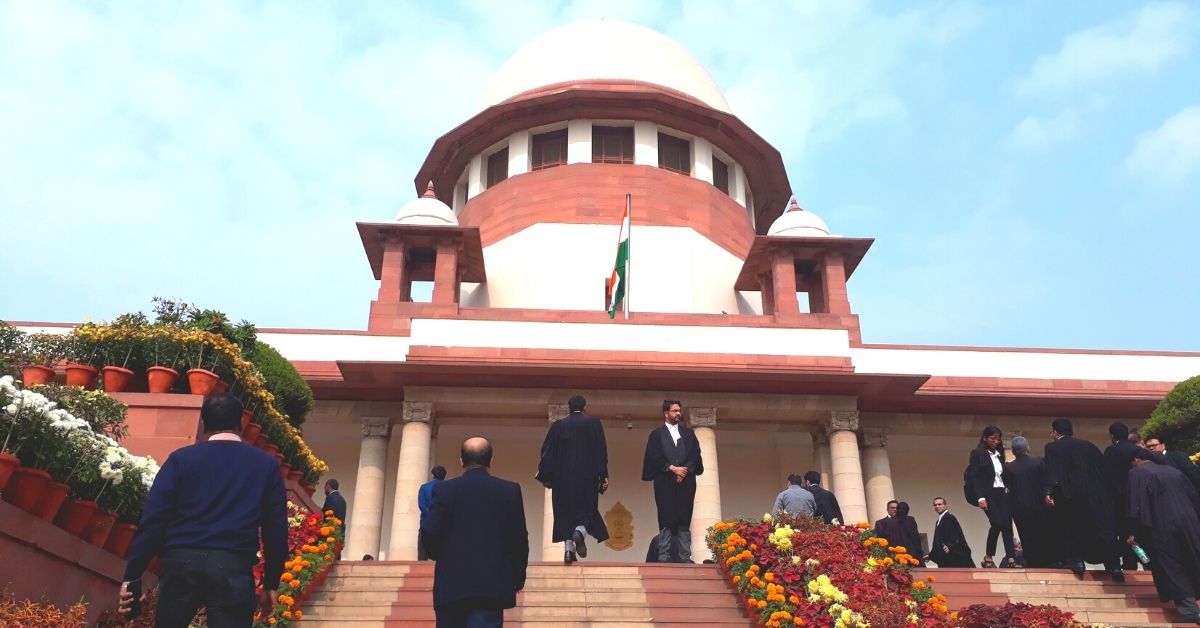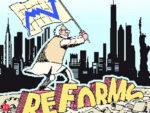The Indian court has pride of place among the constitutional institutions mandated to defend democracy. The nation, its citizens, and the court must protect the country’s independence.
In 1993, the Collegium System was formed as an innovative instrument to ensure democracy in the judicial system.
The goal of the collegium system is to guarantee that the Chief Justice of India’s (CJI) opinion is produced collectively by a panel of judges of the greatest integrity in the judiciary, rather than by him alone.
However, the collegium system’s effectiveness has been questioned on several occasions in terms of its independence and openness in judge nominations and other judgments.
The collegium must protect itself against further loss of its independence by strictly upholding the law in order to sustain citizens’ trust in the judiciary.
The Collegium System :-

Collegium System:
- The method of appointing and transferring judges has evolved as a result of Supreme Court decisions rather than an Act of Parliament or a provision of the Constitution.
- The SC collegium is led by the Chief Justice of the Supreme Court and consists of the court’s four most senior justices.
- A HC collegium is chaired by the Chief Justice and four of the court’s most senior justices.
Constitutional Provisions:
- According to Article 124(2) of the Indian Constitution, the President appoints Supreme Court judges after consulting with as many Supreme Court and state court judges as the President deems necessary.
- According to Article 217, the President, in conjunction with the Chief Justice, the State Governor, and, in the event of a Judge other than the Chief Justice, the Chief Justice of the High Court, appoints the Judge of a High Court.
Role of Government:
- If a lawyer is to be raised as a judge in a High Court or the Supreme Court, the government’s participation is restricted to requesting an investigation by the Intelligence Bureau (IB).
- It can also protest to the collegium’s choices and request clarifications, but if the collegium repeats the same names, the government is compelled by Constitution Bench decisions to nominate them as judges.
- The Chief Justice of the High Court, rather than the Chief Justice.
Issues Associated with Collegium System :-

Lack of Transparency:
- The collegium system’s opaqueness is demonstrated by the lack of a documented operating manual, the absence of selection criteria, the arbitrary reversal of previously made decisions, and the selective release of meeting recordings.
- No one knows how judges are chosen, and the results raise questions about propriety, self-selection, and nepotism.
- Several brilliant young judges and advocates are frequently overlooked by the system.
NJAC, A Missed Opportunity:
- The National Judicial Appointments Commission (NJAC) has the potential to ensure the system’s independence from improper partisanship, improve the quality of appointments, and re-establish public trust in the system.
- The Supreme Court overturned the ruling in 2015, claiming that it jeopardised the judiciary’s independence.
Lack of Consensus among Members:
- The collegium members often face the issue of mutual consent regarding appointment of judges.
- The shadow of mistrust between the members of the collegium exposes the fault lines within the judiciary.
- For instance, recently retired CJI Sharad A. Bobde was perhaps the first chief justice to have not made even a single recommendation for appointment as SC judge due to lack of consensus among the collegium members.
Unequal Representation:
- The makeup of the higher courts is another source of worry. Women are significantly underrepresented in the upper courts, notwithstanding the lack of statistics on caste.
Delay in Judicial Appointments:
- The judicial recruitment process is being held up owing to a delay in the collegium’s recommendations for the upper judiciary.
Way Forward :-
Preserving the Independence of Judiciary:
- The executive and the judiciary work together to fill vacancies in a continual and coordinated process.
- It is, however, time to consider establishing a permanent, independent body to institutionalise the process and provide adequate safeguards to preserve the judiciary’s independence, ensuring judicial primacy but not exclusivity.
- It should ensure independence, reflect diversity, demonstrate professional competence, and integrity.
Changing the Procedure of Recommendation:
- Rather than deciding the number of judges needed to fill a certain number of vacancies, the collegium must present the President with a list of suitable candidates in order of preference and other legitimate criteria.
Reconsidering the Establishment of NJAC:
- The Supreme Court may alter the NJAC Act to include constitutional protections and reorganise the NJAC to guarantee that the judiciary retains majority authority over its judgments.
Ensuring Transparency:
- Members of the collegium must start over and connect with one another.
- A transparent approach increases responsibility, which is critical for breaking the impasse.
- Individual debates over names will persist, but care must be taken to ensure that the institutional purpose of dispensing justice is not jeopardised.
Conclusion :-
It is critical that the judiciary, which is the major bastion of civil freedoms, remain entirely autonomous and unaffected by the Executive’s direct and indirect influence.
The very least that can be done to safeguard the independence of India’s judicial system is to identify and choose judges of the utmost integrity for appointment to the country’s top courts.

